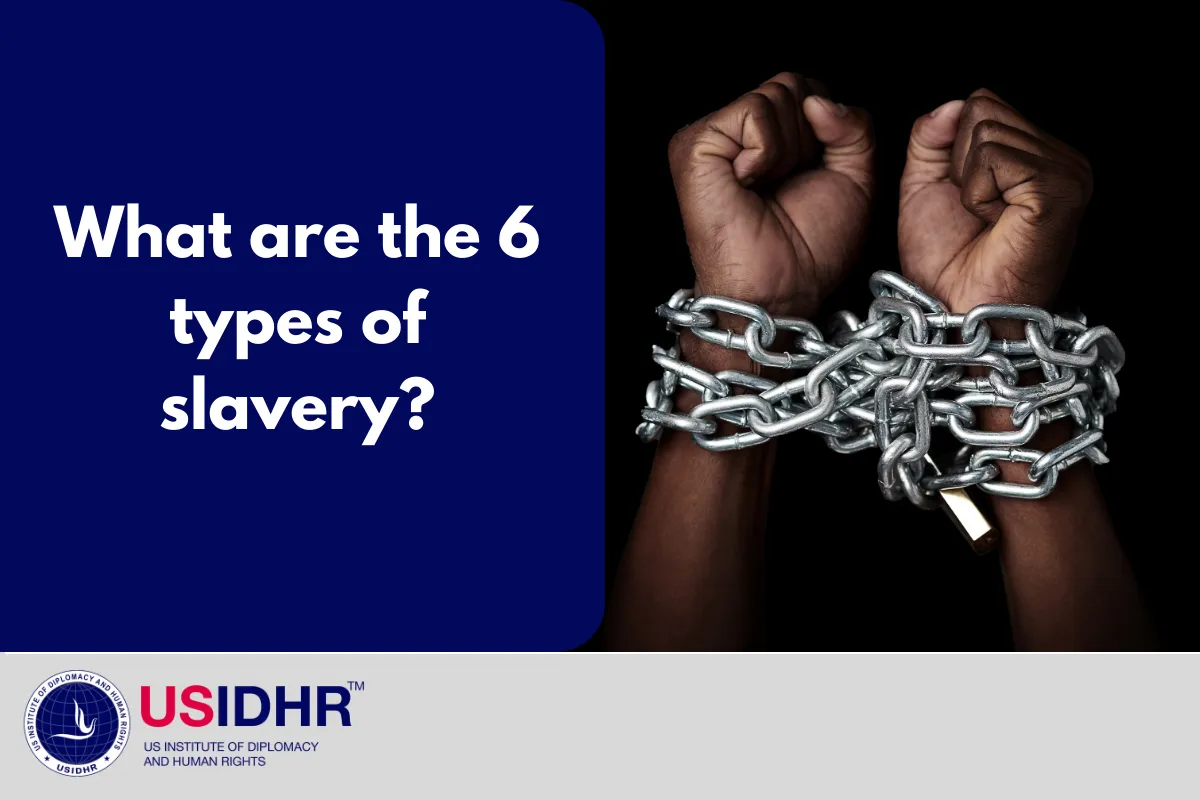
What are the 6 types of slavery?
Slavery. A term you have probably heard of and is often associated with the past, however, this violation of human rights continues today in both overt and hidden forms. But what actually is slavery and what are the different types?
What is slavery?
The Abolition Slavery Project defines slavery as ‘a condition in which individuals are owned by others, who control where they live and at what they work.’
Despite being illegal in every country today, around 40 million people are estimated to be enslaved around the world with 71% made up of women and girls. Slavery is a dehumanizing practice that takes away many of our human rights and freedoms, notably Article 4 of the United Declarations of Human Rights (1948): No one shall be held in slavery or servitude; slavery and the slave trade shall be prohibited in all their forms. Additionally, Article 3 details that we all have the right to life, and to live in freedom and safety yet in 2019, 1 in 200 people were enslaved in some form.
History of the Slave Trade
As previously mentioned, many associate slavery with the past and, in particular, the Atlantic Slave Trade, which saw the transportation of enslaved people through the Middle Passage from Africa to countries such as the Americas and Europe. Moreover, slavery existed in Ancient Egypt and Greece, as well as during the 16th-19th centuries where people were chained and treated like animals, forced to work for no pay with no freedoms. Today, the 10th of May is recognized in France as a National Day of Remembrance for the Victims of Slavery after the passing of a law in 2001. Moreover, UNESCO designated the 23rd of August to be the International Day for the Remembrance of the Slave Trade and its Abolition. Importantly, whilst this particular type of slave trade may have ended with the Atlantic triangle, slavery still continues in 2021, just in different forms.
The Six Types
So, what actually are the different types of slavery? The type most often projected in the media and in news outlets is either human trafficking or forced labor, but slavery can take many forms, both visible and invisible. Most can be found within these six categories:
Human Trafficking: Human Trafficking sees people being forcibly moved and recruited using violence or threats in order for them to be exploited for labor, prostitution, marriage, etc. Notably, 43% of victims are trafficked internally within domestic borders.
Forced Labour : Forced Labour is where someone is forced to undertake work against their will and threatened with violence. The International Labour Organization defines it explicitly as ‘work that is performed involuntarily and under the menace of any penalty’.
Debt bondage: Debt bondage is where those trapped in poverty are forced to borrow money from others and can then be forced to work in order to ‘pay back’ this debt. This is one of the most common types of slavery.
Descent-based slavery: This is where the ‘status’ of being a slave is passed down through family ties.
Slavery of children: Child slavery covers child trafficking, marriage, soldiers and labor. According to UNICEF, nearly 1 in every 10 children worldwide are subjected to slavery.
Forced and early marriage: Forced and/or early marriage is where someone has been forced to marry against their will and/or with the threat of violence/ consequences. Forced marriages affect a wide range of communities and there are no religions that advocate or support this practice.
Slavery Today
Due to multiple reasons, notably vulnerability exacerbated by poverty, people are exploited and their human rights are abused in regards to slavery. Forced labor generates over $150 billion per year and in today’s interconnected and globalized world, modern slavery exists in both overtly and hidden ways. For example, sweatshops, where people are enslaved and restricted in their freedoms, are where many clothes and products consumed in other parts of the world are made. In 2018, the Stop Enabling Sex Traffickers Act was passed by the House of Representatives and the Senate in the United States. Perpetrators were selling slaves for human trafficking and sex online and the FBI became aware of the issue and civil society brought this case to justice. This shows how slavery happens in all countries and all societies across the globe even to this day.
Palermo Protocols
The Palermo Protocols are some of the concrete laws against slavery that were adopted in 2000 by the United Nations to supplement the 2000 Convention against Transnational Organized Crime. There are three parts, including the Protocol to Prevent, Suppress and Punish Trafficking in Persons, Especially Women and Children which contains the first globally agreed definition on trafficking in persons.
Despite the positive progress made with the Palermo Protocols and the UNDHR, all six types of slavery do continue in our society. Whilst the issue may not be solved overnight, we can all take steps as citizens by helping to influence decision-making in local and international laws, lobbying national governments, and ensuring transparency in supply chains within businesses. The United States Institute of Diplomacy and Human Rights launched an online Human Rights training that equips you with the confidence and skills to pass on knowledge by leading your own workshops surrounding the protection and enforcement of human rights. Siddaharth Kara, program director on human trafficking and modern slavery at the Harvard Kennedy School of Government believes we can one day live in a slavery-free world, so with education, awareness, and lobbying, you can help end modern-day slavery and ensure the practice of Article 4; the right to not be enslaved.
Reference list:
https://www.un.org/en/about-us/universal-declaration-of-human-rights
https://www.theguardian.com/news/2019/feb/25/modern-slavery-trafficking-persons-one-in-200
https://www.liverpoolmuseums.org.uk/history-of-slavery/transatlantic-slave-trade
https://www.antislavery.org/slavery-today/human-trafficking/
https://www.ilo.org/global/topics/forced-labour/definition/lang–en/index.htm
https://rightsofwomen.org.uk/get-information/family-law/forced-marriage-law/
https://www.congress.gov/bill/115th-congress/senate-bill/1693/text
https://www.unodc.org/unodc/en/organized-crime/intro/UNTOC.html
https://www.un.org/en/about-us/universal-declaration-of-human-rights

